Art has always been a reflection of human imagination, creativity, and the innate ability to transform ideas into visually stunning representations. Over centuries, artists have utilized tools ranging from charcoal to oil paints, clay, and even digital technology to express their visions. But now, in the digital age, another tool has entered the artistic world: Artificial Intelligence (AI). AI-assisted art is rapidly transforming the creative landscape, enabling artists to explore new realms of possibility. With AI algorithms capable of generating, editing, and enhancing visual art, this technology is opening up exciting opportunities for both seasoned creators and budding artists.
But as AI continues to develop and shape the future of creativity, questions emerge about its impact on the artistic process, the role of human creativity, and what it means for the future of art itself. In this article, we will explore AI-assisted art, how it is reshaping the creative process, and what it means for the future of artistic expression.
The Emergence of AI in Art
Artificial intelligence is a rapidly evolving field that blends computer science with cognitive neuroscience. While AI is commonly associated with tasks like data analysis, speech recognition, and even autonomous vehicles, it has also made its way into the realm of creativity. AI tools designed for art are no longer limited to simple photo manipulation or image enhancement. In fact, AI now possesses the capability to create entirely original works of art from scratch.
Generative Adversarial Networks (GANs) are at the forefront of AI’s artistic breakthrough. These networks consist of two neural networks: the generator and the discriminator. The generator creates images based on training data, while the discriminator evaluates how realistic those images are. Through this back-and-forth process, the generator learns to produce increasingly sophisticated and lifelike images. GANs have enabled AI to create portraits, landscapes, abstract compositions, and even surrealist works that challenge the conventional boundaries of human imagination.
Beyond GANs, AI tools are also being used to enhance existing works. Software like DeepArt and Prisma applies AI algorithms to transform photographs into styles reminiscent of famous painters like Van Gogh or Picasso. This approach allows users to reimagine their photos in new, artistic forms with minimal effort. These AI-driven transformations enable a fusion of traditional and modern artistic techniques, often producing visually captivating results.
The Role of AI in the Artistic Process
AI-assisted art isn’t about replacing human artists; it’s about enhancing their creative toolkit. Many artists view AI as a collaborative partner rather than a replacement for their imagination. It opens up new possibilities by offering innovative ways to generate, manipulate, and refine creative content.
One of the primary ways AI is influencing the artistic process is by offering new forms of inspiration. Artists can input simple ideas or raw images, and AI algorithms can expand those ideas into entirely new directions. For example, an artist may upload a sketch of a figure, and an AI program can complete the image, suggesting different poses, backgrounds, or color schemes. AI thus becomes a tool for expanding an artist’s vision, presenting possibilities that might not have been considered otherwise.
AI also plays a role in democratizing art creation. In the past, creating intricate art required years of training and expertise. But now, AI tools enable individuals with limited artistic training to create high-quality artworks. For example, platforms like Runway and DALL-E 2 allow users to input descriptive text and generate images based on those descriptions. The result is an accessible and efficient way for anyone to produce works of art, regardless of their skill level. This shifts the definition of what it means to be an “artist,” making the creative process more inclusive and open to diverse forms of expression.
Moreover, AI can aid in tasks such as editing, color correction, and compositional adjustments, allowing artists to focus more on conceptualizing their ideas rather than perfecting technical details. By automating repetitive tasks, AI frees up valuable time and energy, which can be better spent on exploring more complex creative concepts.
AI-Generated Art and the Role of Human Creativity
A significant concern surrounding AI-assisted art is the question of authorship. If an AI system creates an artwork, who owns the copyright? Should the artist who used the AI tool be credited as the creator, or should the AI system itself be acknowledged? These questions are still being debated in legal, philosophical, and ethical circles.
While AI can generate impressive visual content, it still relies heavily on human input and direction. The algorithms behind AI tools need human-curated datasets, guidance in selecting parameters, and fine-tuning to create meaningful results. AI does not have an innate sense of creativity; it is the product of human design and training. Therefore, human creativity remains at the core of the process. An artist might provide an initial concept, fine-tune the AI’s output, or curate a selection of AI-generated pieces to create something truly unique.
The intersection of AI and human creativity sparks an interesting conversation about what constitutes “true” creativity. Some critics argue that AI-generated art lacks the emotional depth and intentionality that human artists can imbue in their work. While AI can produce stunning visual pieces, it cannot experience emotions, understand cultural contexts, or respond to personal experiences in the way a human artist can.
On the other hand, some argue that AI can push the boundaries of creative expression. The synergy between human creativity and AI’s computational power can lead to innovative artworks that would be difficult to achieve using traditional methods alone. AI can serve as a tool to unlock new avenues of exploration, providing human artists with an expanded range of creative possibilities.
The Future of AI-Assisted Art
As AI technology continues to evolve, the future of art creation will likely undergo further transformation. AI is expected to continue playing a key role in both generating new forms of art and refining the existing ones. However, with the rise of AI, traditional forms of art-making, such as painting, sculpture, and drawing, will not disappear. Instead, these forms will likely coexist with AI-assisted art, offering diverse ways for artists to express their creativity.
One exciting development is the potential for AI to assist in multimedia and interactive art forms. Artists are beginning to experiment with AI in installations, virtual reality (VR), and augmented reality (AR). These technologies open up new ways to engage audiences and transform the experience of art from passive observation to active participation. Imagine stepping into a VR environment where the artwork evolves in response to your movements or choices. AI could allow artists to create personalized, immersive experiences that change and adapt to the viewer, fostering a deeper connection between the art and the audience.
AI could also play a role in art conservation. By analyzing historical works of art, AI algorithms can help restore or preserve artworks that have been damaged over time. AI can recreate missing portions of paintings, suggest color palettes based on the original artist’s style, and even predict how a piece of art might have evolved if left untouched. This could be a powerful tool in maintaining the cultural heritage of humanity.
Ethical Considerations and the Future of AI in Art
As with any emerging technology, the rise of AI in art raises important ethical considerations. What happens when AI systems are used to create content that challenges or distorts reality? Will AI-generated art be used for manipulation or misinformation? How can artists and creators ensure that AI remains a tool for positive innovation, rather than a tool for exploitation?
Furthermore, there is the question of AI’s impact on the art market. As AI-generated works gain popularity, will they diminish the value of human-created art? Will collectors, galleries, and auction houses prioritize AI-driven art over traditional works? These questions could reshape the art world, leading to new forms of artistic valuation and authentication.
Ultimately, the future of AI-assisted art lies in striking a balance between embracing technological advancements and preserving the core values of artistic expression. As AI continues to evolve, it is likely that artists, technologists, and society as a whole will work together to navigate the complexities and potential challenges that arise.
Conclusion
AI-assisted art is pushing the boundaries of creativity and opening new possibilities for artists around the world. It is reshaping the way art is created, presented, and experienced. Rather than replacing human creativity, AI serves as a tool that can enhance the artistic process, inspire new forms of expression, and even democratize access to art creation. While questions around authorship, ethics, and the value of AI-generated art remain, one thing is clear: the future of art will be deeply intertwined with technological innovation, and AI is just the beginning of this exciting new chapter. As the creative world continues to evolve, AI will play a significant role in shaping the next frontier of artistic exploration.
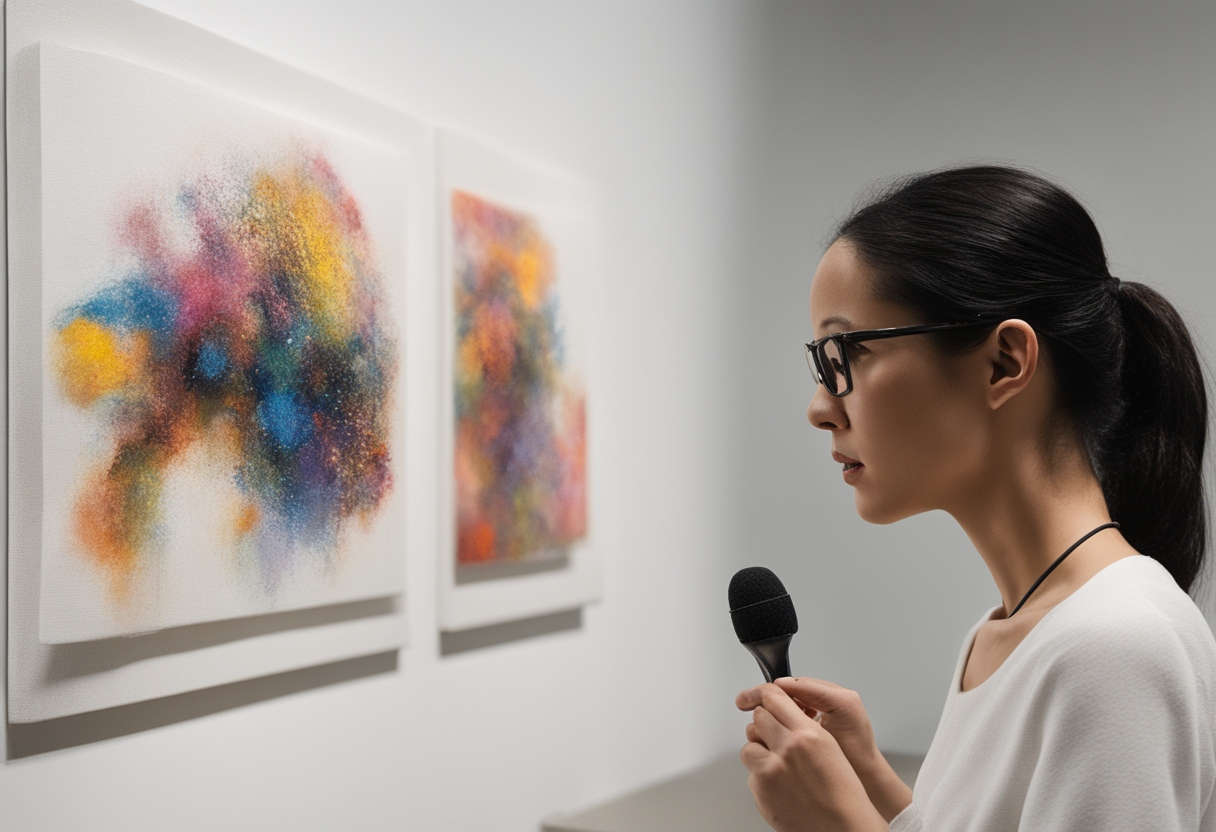
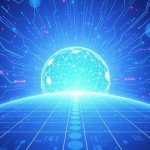

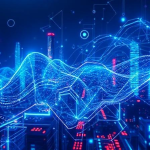
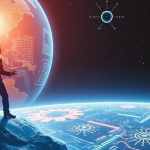
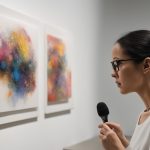
Leave a Reply